Introduction
In contrast to freeways, urban traffic is distinguished by the existence of junctions and/or roundabouts involving conflicting traffic streams and thus interrupting vehicle flows. Intersections play a major role in determining the quality and volume of traffic in arterial networks by arbitrating conflicting movements in order to allow users to share the same road space sequentially.
Traffic control and signal coordination contribute to improve travel conditions by reducing frequent vehicle stops and queue lengths. More precisely, signal coordination may contribute to an optimised use of the current infrastructure, by establishing platoon type vehicle departures.
Automobile dependent cities often associated with large traffic volumes, tend to imply poor road performance especially when varying travel schemes occur forcing the related transportation structure towards heavy traffic or even congestion states. Moreover, spatial complexity is characterised by even more complex journeys difficult to be predicted and consequently controlled. Activity changes influence spatial distribution and consequently complex travel patterns are manifested and congestion is possible.
Classical congestion management policies maximise the ability of urban areas to deal with current and expected demand. Such flow-based management policies, associate capacities to road links expressed in flow and density. Under that scope, network performance is increased when higher density and flows are reached.
Alternatively, cost-congestion approaches involve an economically optimal traffic level for each road and tend to measure the congestion cost incurring when traffic exceeds the optimum levels by taking into consideration the related road demand and supply.
Many traditional traffic managements aiming to increase road capacity and thus to mitigate congestion impacts by improving traffic operations while others seek to involve road infrastructure and/or to shift roadway demand to public transportation. Although such approaches are suited for particular congestion types such as bottlenecks they can deliver long-lasting results when they are paired with other policies controlling the newly created capacity. Non-recurrent congestion caused by unplanned events influencing the system behaviour which frequently becomes unpredictable, and may cause extreme congestion conditions and/or become system-wide. A vehicle breakdown may create bottlenecks, prohibiting transit in a part of road or obliging other vehicles to deviate and thus varying demand patterns may be caused. Similar effects can occur from other events such as crashes, bad weather, work zones etc.
Congestion influences both travel times (indicators concerning mostly policy makers) and the reliability of the predicted travel conditions (indicators interesting to road users). There is no single congestion metric which is appropriate for all purposes. Consequently, quantitative and qualitative metrics should be provided when measuring congestion such as queue lengths and related duration, variance of travel times etc.
This work explores the effectiveness of the currently available road infrastructure management under open and close loop signal plans within various traffic contexts. The outline of this paper is as follows:
Section reveals the simulation advantages, where a detailed analysis allows a complete reconstruction of the simulated scenario. Consequently, any system observation can be deeply examined and consequently justified. An illustrative example is discussed.
Traffic Control: Problem Statement and Timing Plans
This section presents the dealing problem in order to understand the insights resulting from the framework on traffic management as discussed in the next sections. Moreover, an open loop control scheme and versions of Max-Pressure feedback algorithm are briefly introduced. A much more extensive study as well all theoretical properties of Max-Pressure control are presented in [] where stability guarantees are also provided.
2.1 Problem Formulation
Let us consider an intersection n . A phase ( i , j ) indicates a permitted movement from an incoming link i of node n towards an outgoing link j . A stage

indicates a set of simultaneously compatible phases of node n and is represented by a binary matrix such that:
The set of all considered intersection stages is denoted by

. For simplicity, the optimisation horizon is divided into intervals or cycles of fixed width, each one comprised of T time periods. Let

denote the idle time, that is the time period during which no phase is actuated and occurring within two different stage switches. This time corresponds to amber lights, pedestrian movements etc. Hence, the total available actuation period per cycle is



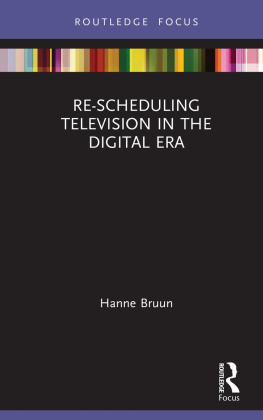
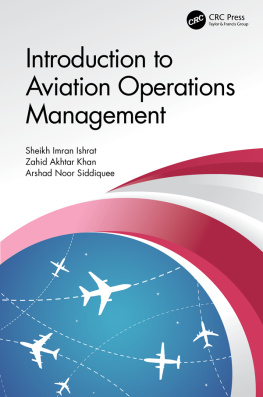

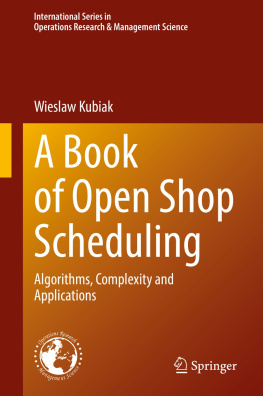
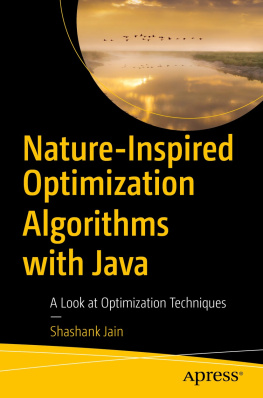
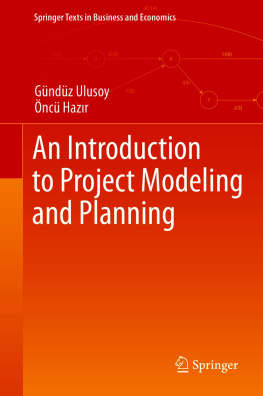
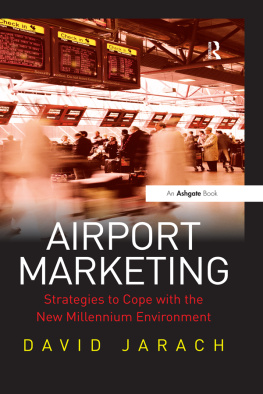
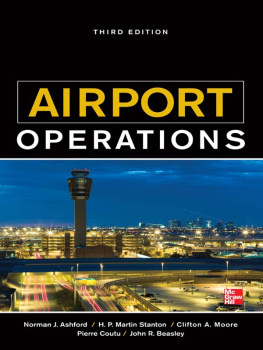
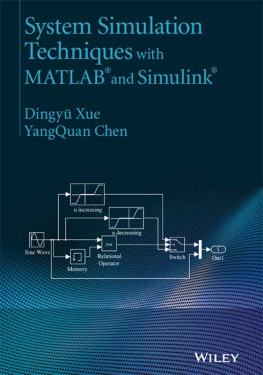
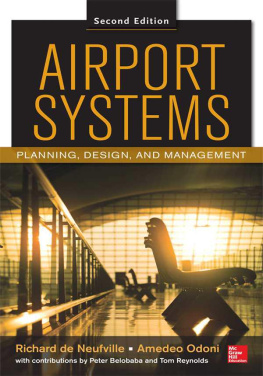
 indicates a set of simultaneously compatible phases of node n and is represented by a binary matrix such that:
indicates a set of simultaneously compatible phases of node n and is represented by a binary matrix such that: 
 . For simplicity, the optimisation horizon is divided into intervals or cycles of fixed width, each one comprised of T time periods. Let
. For simplicity, the optimisation horizon is divided into intervals or cycles of fixed width, each one comprised of T time periods. Let  denote the idle time, that is the time period during which no phase is actuated and occurring within two different stage switches. This time corresponds to amber lights, pedestrian movements etc. Hence, the total available actuation period per cycle is
denote the idle time, that is the time period during which no phase is actuated and occurring within two different stage switches. This time corresponds to amber lights, pedestrian movements etc. Hence, the total available actuation period per cycle is 